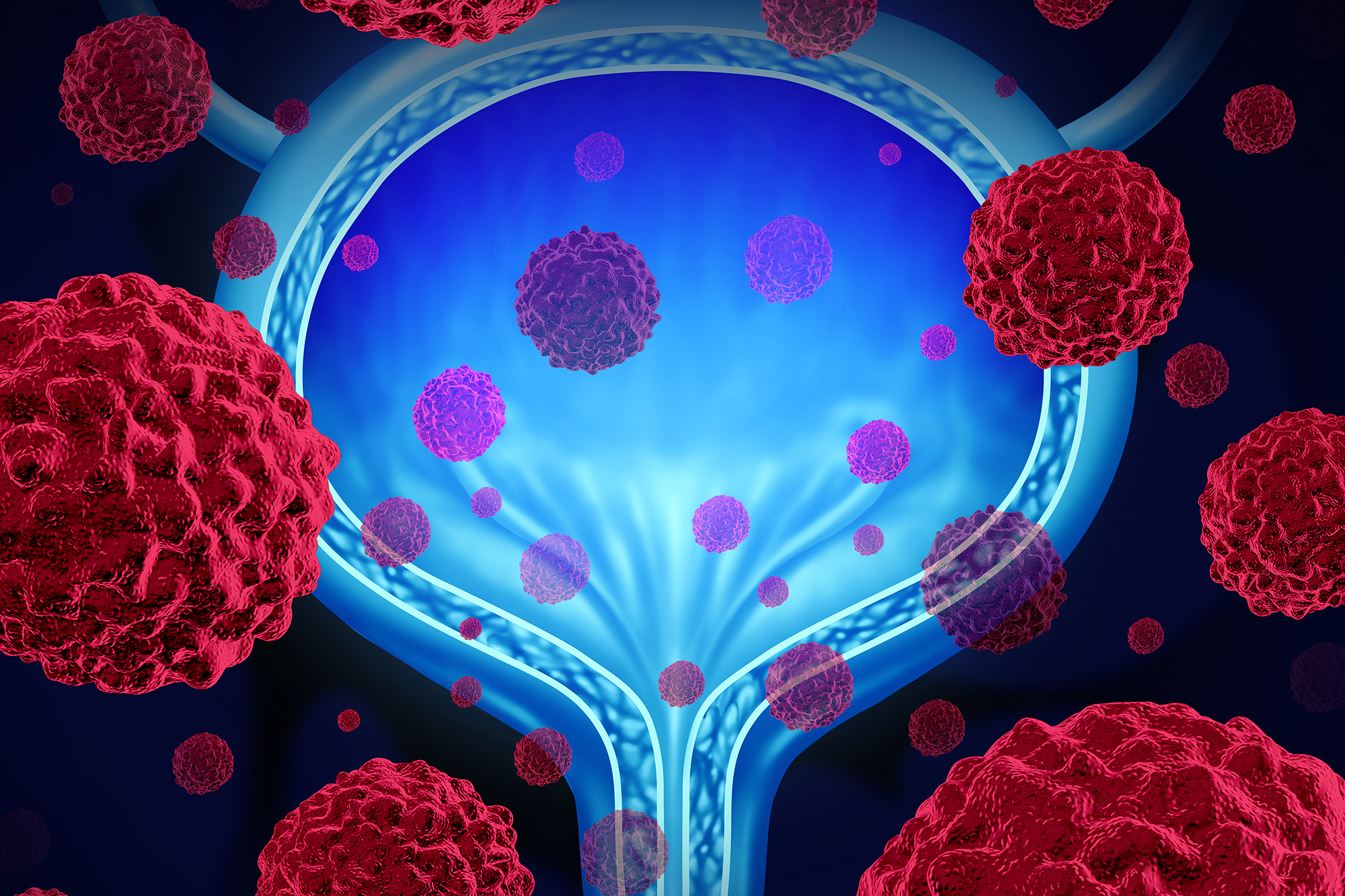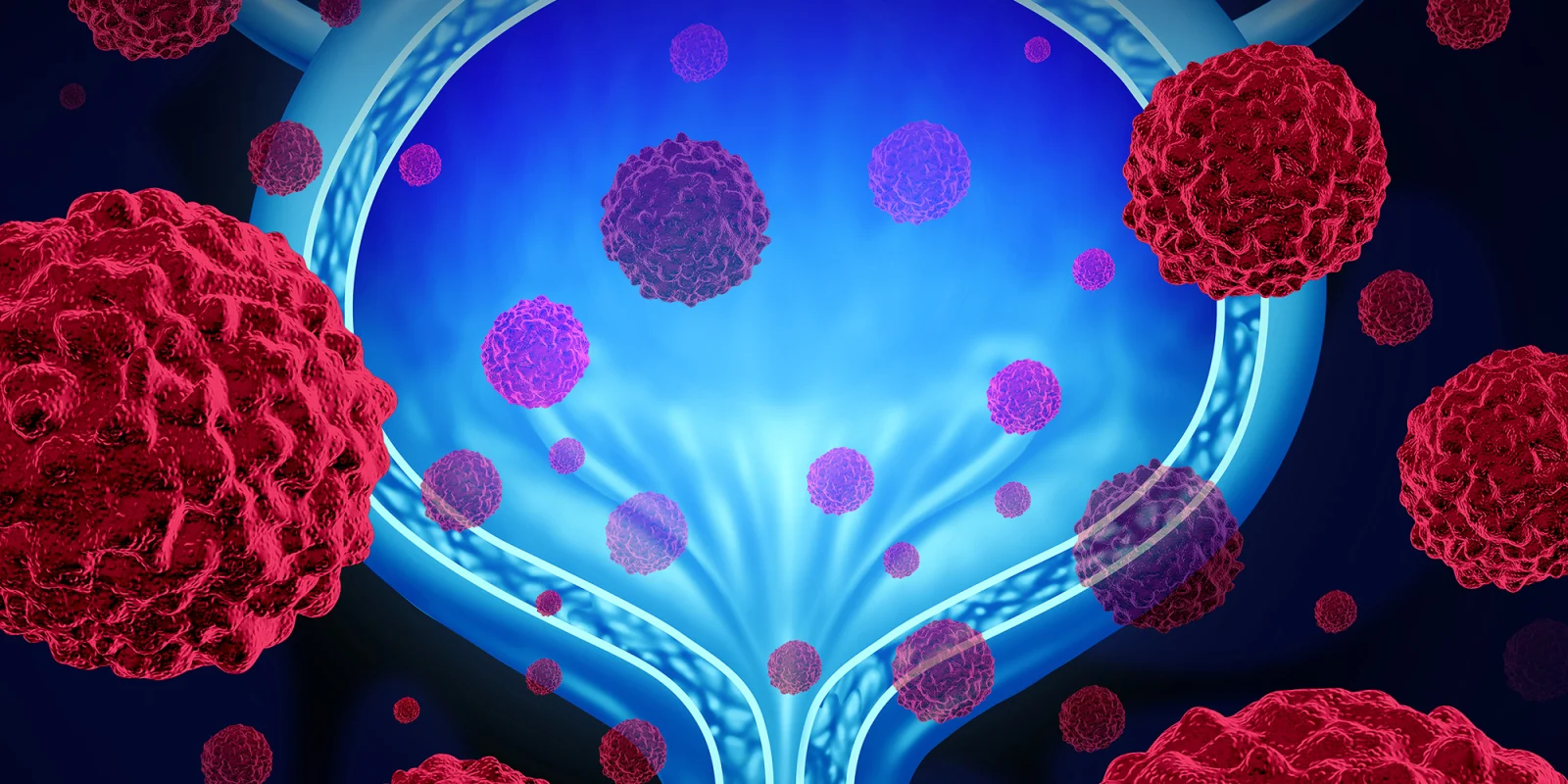
The SUO winter meeting had many new findings with regards to urothelial cancer, and the state-of-the-art lecture was presented by Dr. Seth Lerner, looking at genomic changes in bladder and upper tract urothelial carcinoma. The increase in the amount of publicly-available genetic data — courtesy of the Cancer Genome Atlas Program (TCGA) — is helping researchers identify specific genetic changes in muscle-invasive bladder cancer (MIBC) with implications for prognosis and treatment. These mutations not only predict outcome, but response to therapy.
Genomic signatures can be used to categorize bladder cancer into subtypes that behave in clinically distinct manners. For example, the papillary luminal subtype of bladder cancer tends to carry a favorable prognosis, compared to other genomic signatures. Understanding the genomic signatures and the specific mutations found in different subtypes enables researchers to identify targetable mutations that can be treated with different systemic therapies, and may also help optimize treatment choices for patients. The current standard of care for MIBC is administration of neoadjuvant platinum-based chemotherapy followed by surgery to remove the bladder (radical cystectomy). However, this approach may not be universally beneficial, as some patients may not respond to chemotherapy, which portends an overall poorer prognosis. Additionally, there is growing use of immunotherapy in bladder cancer, but it is unknown which patients benefit the most.
Data from the TCGA shows the clinical potential of mutational signatures. Nucleotide excision repair mutations that help cells repair DNA damage can predict responsiveness to platinum-based systemic chemotherapy in MIBC. Genomic changes such as these are being used to stratify patients with MIBC, based on their likelihood of response to chemotherapy. New trials seek to harness this information; the Bladder Cancer Genomics consortium is performing next-generation genomic sequencing of patients with metastatic bladder cancer and matching them with clinical trials targeted to the specific mutations that they harbor.
Long considered analogous to bladder cancer, data from the TCGA for upper tract urothelial carcinoma proves it’s not a “genomic twin” to bladder cancer. There are distinctive mutations present in upper tract urothelial carcinoma, including a higher number of FGFR mutations, and different types of damaged DNA repair genes. Similar to bladder cancer, upper tract cancers can be subtyped based on their mutational signatures. Given the rarity of upper tract urothelial carcinoma, it is challenging to perform clinical trials assessing therapeutic response, and the prognosis is generally poor. A better understanding of its unique genomic characteristics may help tailor treatment for the disease (rather than just relying on existing bladder cancer treatments), and also identify new therapeutic targets.
Taken together, the newest genomic data available for bladder cancer is very promising in its potential to improve the outcomes in urothelial carcinoma. A better understanding of the genetics of the disease allows for more accurate categorization and stratification of treatment choices. For a disease in which the treatment paradigm has changed little in decades with a similarly stable rate of mortality, new information is needed to make significant strides in improving patient outcomes to this deadly cancer.
Jen-Jane Liu, MD is the Director of Urologic Oncology at Oregon Health & Science University.






